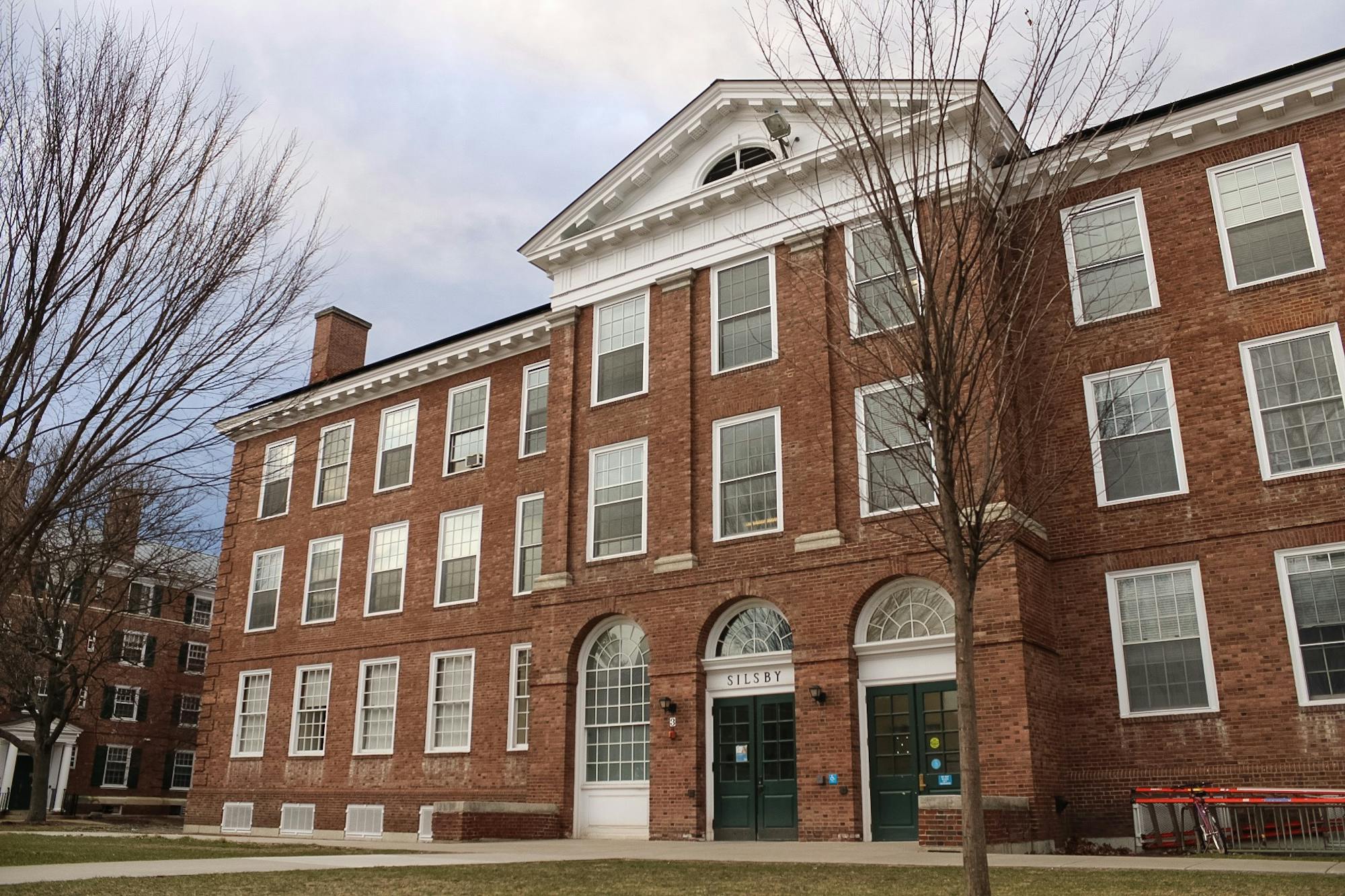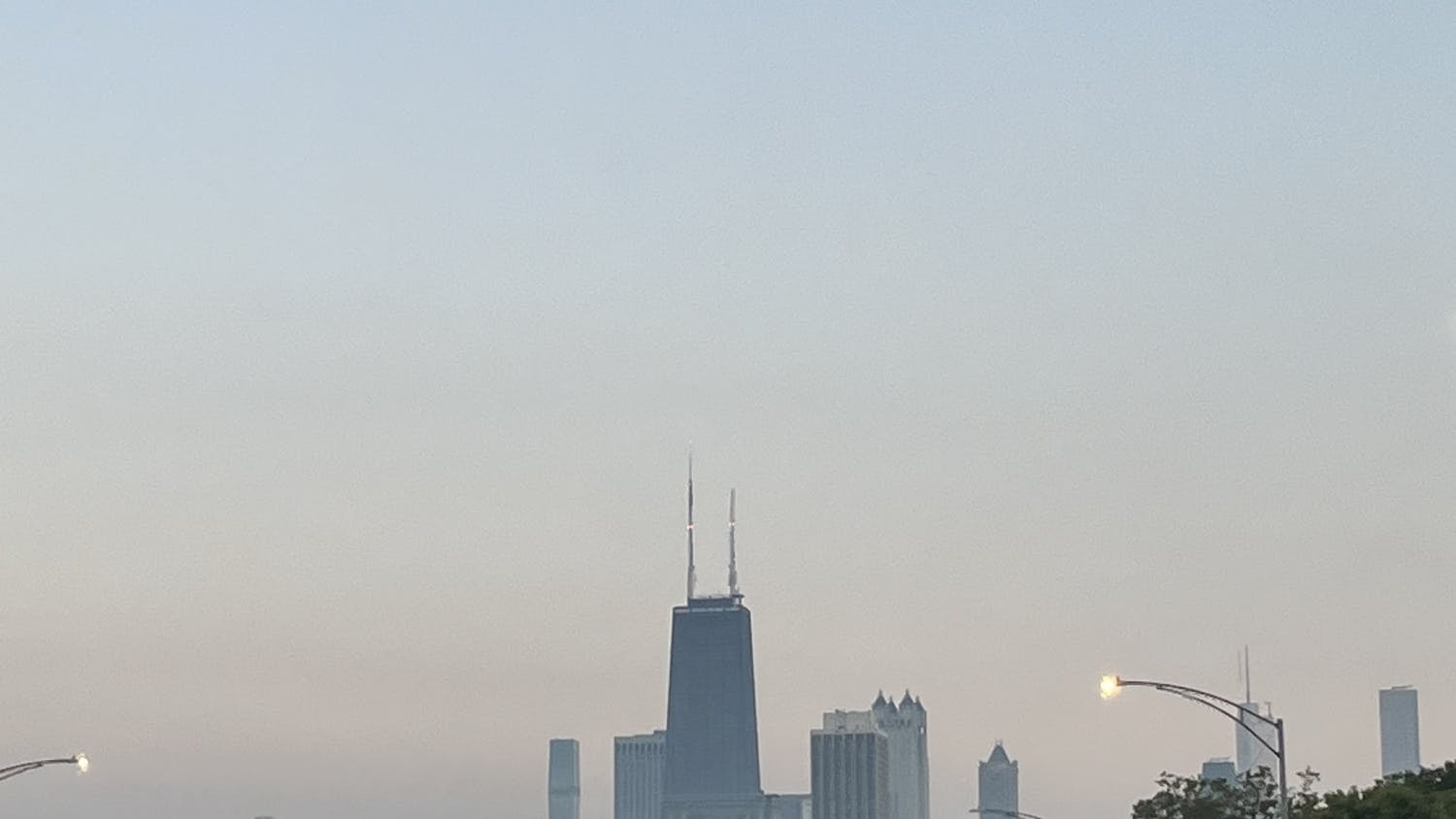On April 28 and 29, the Native American Program hosted a cleansing ceremony in Silsby, Wilson and Carpenter Halls, around one month after the College announced the discovery of Native American remains in the anthropology department’s and Hood Museum of Art’s teaching collections. The buildings were closed during the event to faculty, staff and students not “directly involved” in the cleansing ceremony, Dartmouth News reported.
According to Native and Indigenous Program assistant director Mae Hueston ’86 P’14, the ceremony lasted about 11 hours. The medicine man was accompanied by his wife and Native American Alumni at Dartmouth co-president Shawn Attakai ’95, who also assisted during the ceremony, Hueston said. The anthropology department also provided “helpers” to assist with the ceremony: anthropology department chair and professor Jeremy DeSilva on the first day, and anthropology professor John Wantanabe on the second day.
Hueston said alumni, the anthropology department, the College and students requested a cleansing ceremony –– a form of healing and cleansing which was performed by a visiting Navajo medicine man –– to restore the spaces where the remains had been handled and stored. According to College Provost David Kotz ’86, the discovery of the remains created a “spiritual dilemma” for some Native people who have entered the three buildings.
“The ceremonial cleansing conducted by a visiting medicine man was important to restore those spaces to a state where Native persons would be comfortable entering for class or some other activity,” Kotz said.
According to Hueston, the ceremony also served as a response to “negative things that have happened on campus” and included a “special recognition” of Beau Dubray ’24, a student from the Cheyenne River Sioux Tribe who died in 2020.
Hueston said that the ultimate purpose of the ceremonies was to help students be able to “go to school without worrying,” adding that this was a shared goal between the Native American Program and the College.
“I think the College is doing the right thing and has acknowledged its mistake,” she said. “They have given us the opportunities to make things right, so that all students feel good.”
Hueston added that there were some adjustments from a traditional cleansing ceremony in order to adapt the ceremony to a College setting, since the event was not performed on traditional land.
“It encompassed more than just my tribe,” she said. “They also gave permission for photos, so the College had a photographer that was there. That’s very unusual. It’s very rare. Usually our ceremonies are private and absolutely no photos are allowed.”
DeSilva added that the ceremony was an “important moment” in welcoming students back into the buildings, explaining that some students did not feel comfortable entering after the discovery.
“The relationship that we have with our Native students is really important to us,” DeSilva said. “It’s hard to be a department for our students if they don’t feel comfortable coming in [Silsby Hall, the anthropology department’s primary location]. These cleansing ceremonies were critical steps in welcoming the Native community back.”
Hueston explained that the ceremony also addressed the “avoidance taboo” — the idea that some individuals will keep away from the places where negative events have occurred.
“Part of death is that it’s a very negative thing, and we need to make it so that it becomes more of a positive experience,” Hueston said. “The whole idea behind any of these ceremonies is to reconnect these people with the people who value them. That’s really the whole process of healing and moving on.”
Kotz said the Native American Alumni at Dartmouth network was also an important part of the ceremony’s planning process, helping identify appropriate individuals to do the preparations. DeSilva added that the alumni network mainly focused on student needs.
“What stuck with me was that the questions they asked were about the students, and what can we do to support the students,” DeSilva said. “This ceremony is quite important for a number of our alumni as they return to campus… but it is my sense that it is more important to the community that we’re doing the right thing for our current students.”
According to Kotz, the next step in the healing process involves the establishment of a task force, composed mostly of faculty and staff, to examine the history of Dartmouth’s collections and ensure that they were collected in an ethical manner.
“We now have an opportunity to take a conscious look at both our past, the collections we still have and our future practices around the future collection of human remains, bones and other materials for research and teaching,” he said.
DeSilva said the anthropology department has paused its teaching of theology and forensic anthropology until the faculty is able to build up an ethically sourced skeletal collection that would connect every body with proper documentation.
“As anthropologists, we can do a better job of making sure that the materials we teach and do research with are ethically sourced,” DeSilva said.




